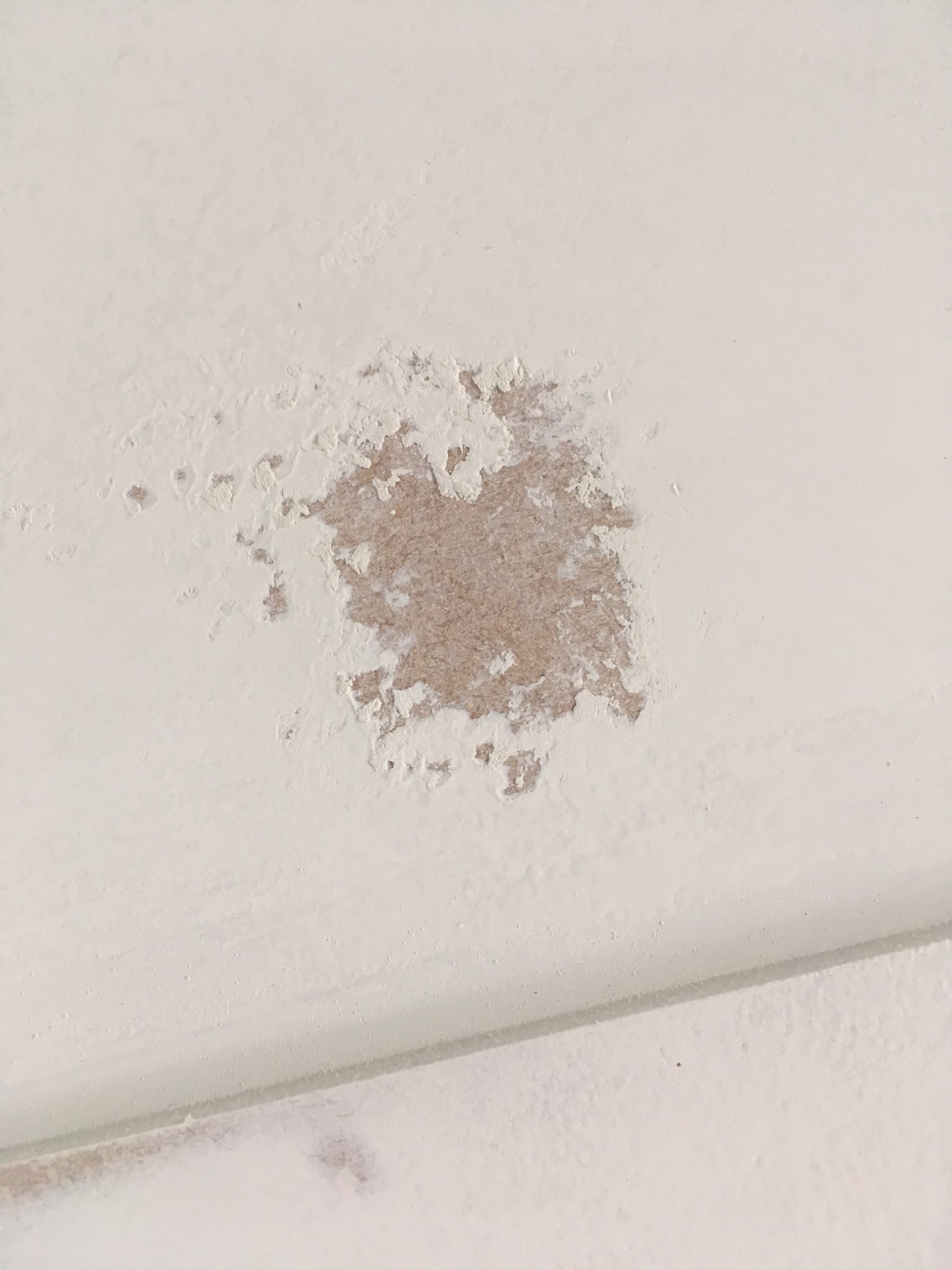- Joined
- 2 Sep 2019
- Messages
- 4
- Reaction score
- 0
- Country

Hi All,
(my first time ever posting in a forum - very exciting!!!)
I've been painting an mdf cupboard and doors in the house and it's all gone wrong. If anyone could offer advice it would be much appreciated.
We have an mdf cupboard and i painted it with zinsser bin for a sealing coat. the mdf was cleaned, dried and was painted with a clean foam roller. the problem is the finish is terrible. I did one batch of painting one day which was a barely ok - seems flat'ish after a sand.
but the bits i painted the next day are terrible - its way too rippled and textured, even after a good sand its still not smooth. (I painted outside in very hot weather and the paint dried very quickly.)
Obviously seeing it go wrong I didn't stop there but waited a little while and tried to sand it down. Too soon I guess and big chunks of paint came off. At this point my wife 'advised' me to get away from the cupboard...
Would anyone have any advice for what to do next? Should I sand with rougher sandpiper till its flat? Should I sand the patch that came off and just spot paint that with Bin??
Would people recommend what to go on top of the Bin(I'm hoping to get to a nice white finish one day) and also I have another cupboard (untouched mdf) - is Bin still the best thing for me to use their or do you prefer other products? Maybe Bin with a paint conditioner??
Help is greatly appreciated! thanks
(my first time ever posting in a forum - very exciting!!!)
I've been painting an mdf cupboard and doors in the house and it's all gone wrong. If anyone could offer advice it would be much appreciated.
We have an mdf cupboard and i painted it with zinsser bin for a sealing coat. the mdf was cleaned, dried and was painted with a clean foam roller. the problem is the finish is terrible. I did one batch of painting one day which was a barely ok - seems flat'ish after a sand.
but the bits i painted the next day are terrible - its way too rippled and textured, even after a good sand its still not smooth. (I painted outside in very hot weather and the paint dried very quickly.)
Obviously seeing it go wrong I didn't stop there but waited a little while and tried to sand it down. Too soon I guess and big chunks of paint came off. At this point my wife 'advised' me to get away from the cupboard...
Would anyone have any advice for what to do next? Should I sand with rougher sandpiper till its flat? Should I sand the patch that came off and just spot paint that with Bin??
Would people recommend what to go on top of the Bin(I'm hoping to get to a nice white finish one day) and also I have another cupboard (untouched mdf) - is Bin still the best thing for me to use their or do you prefer other products? Maybe Bin with a paint conditioner??
Help is greatly appreciated! thanks


